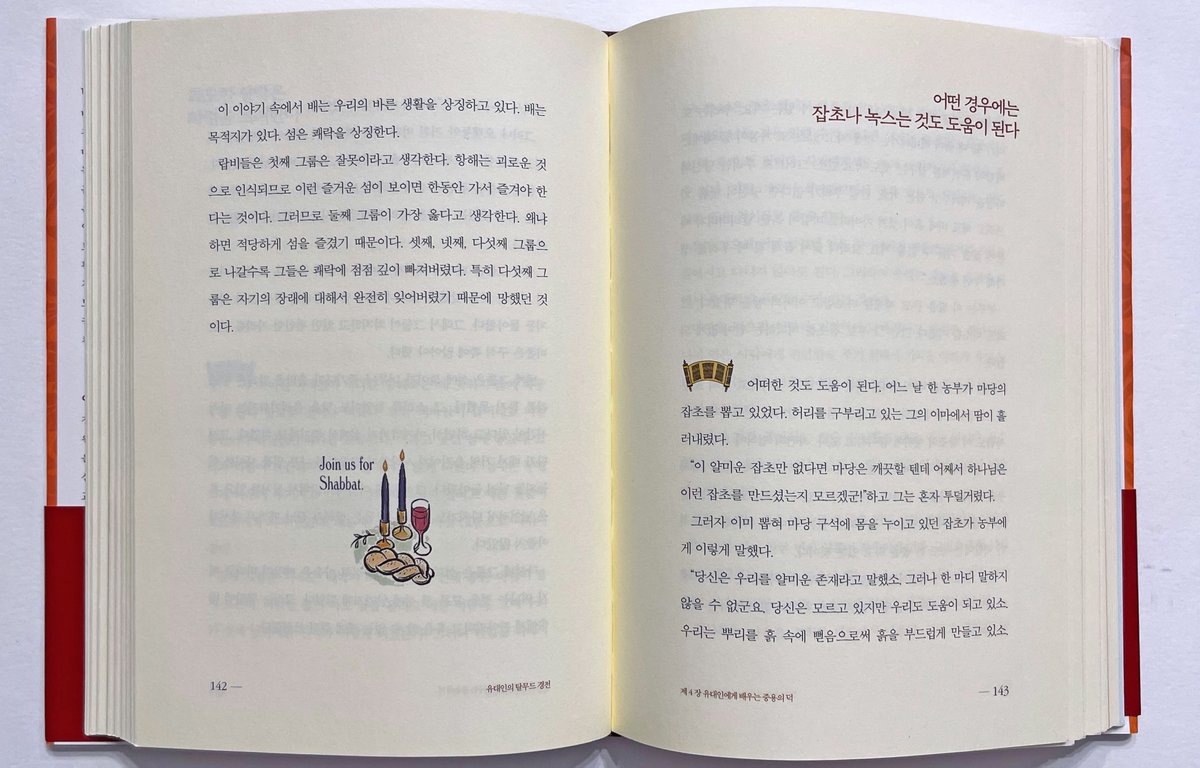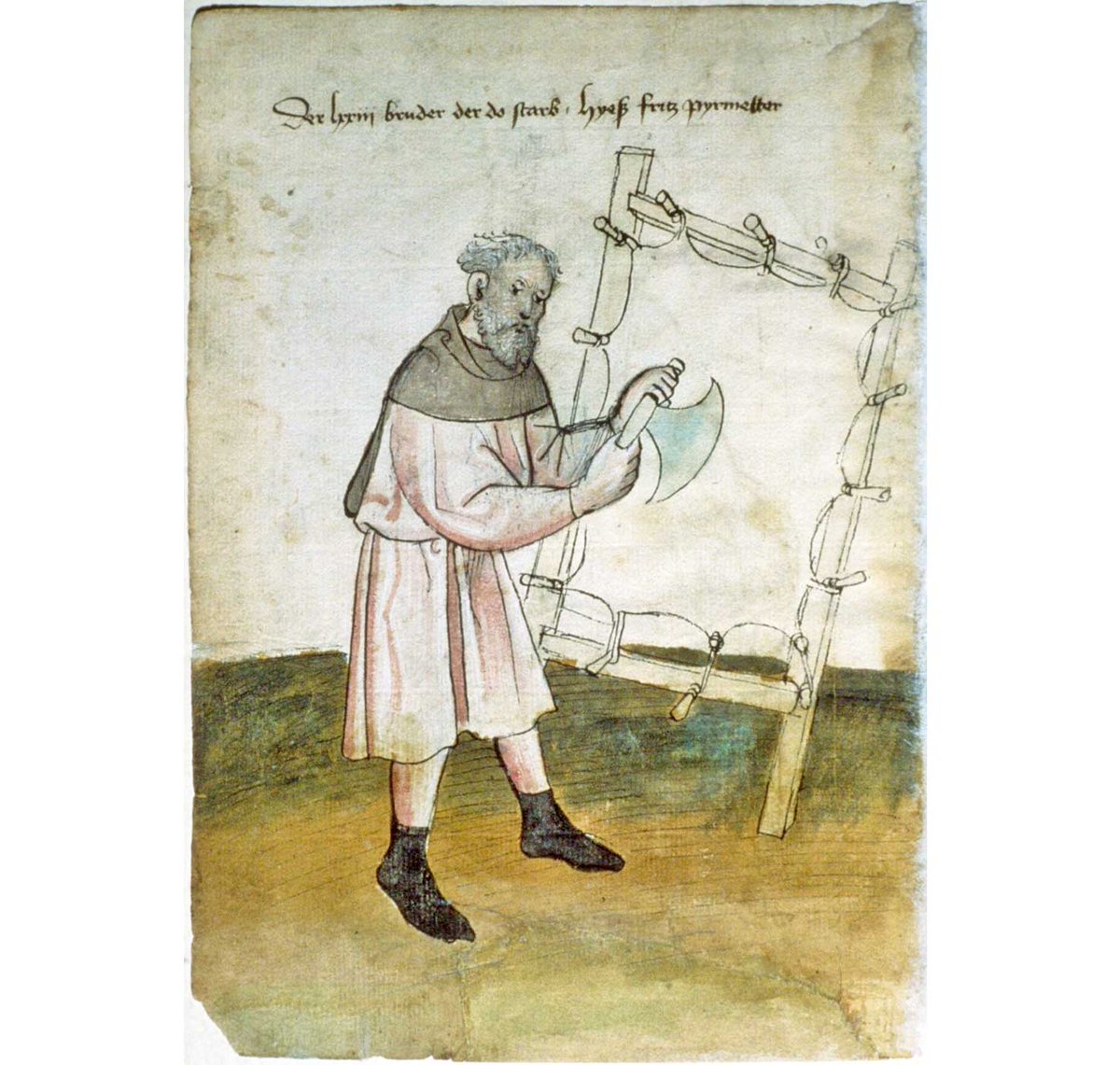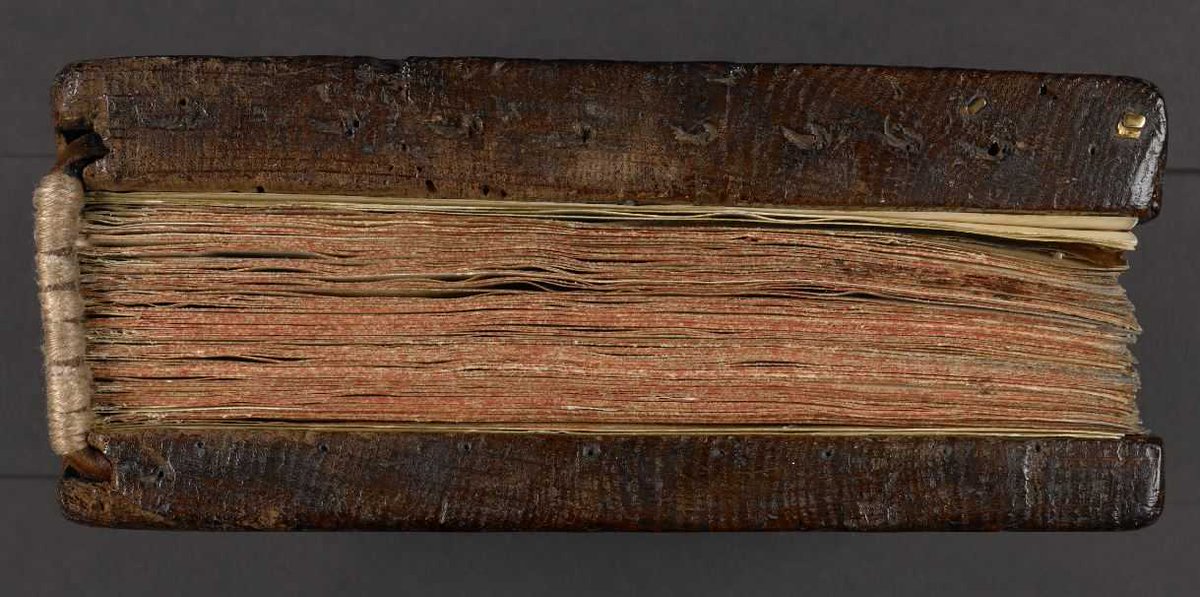
In which country's households are you most likely to find a copy of the Talmud? Surprisingly, the answer is probably not Israel.
The country where the Talmud is ubiquitous, where it's quoted by sports stars & celebrities, where it's sold at station kiosks, is... SOUTH KOREA. 1/

The country where the Talmud is ubiquitous, where it's quoted by sports stars & celebrities, where it's sold at station kiosks, is... SOUTH KOREA. 1/


Across all editions, the Talmud may be the single bestselling book title in Korea, behind only the Bible.
More than 800 different books, from more than 300 publishers, are returned when you search for “Talmud” in the National Digital Library of Korea. 2/
More than 800 different books, from more than 300 publishers, are returned when you search for “Talmud” in the National Digital Library of Korea. 2/

In 2011, the Korean Ambassador to Israel, was interviewed on Israeli TV. “I want to show you this,” he told the host. It was a paperback book with “Talmud” written in Korean and English on the cover, along with a cartoon sketch of a Biblical character with a robe & staff. 3/
"Each Korean family has at least one copy of the Talmud. Korean mothers want to know how so many Jewish people became geniuses." To the surprised host, he added, “23% of Nobel Prize winners are Jewish. Korean women want to know the secret. They found the secret in this book." 4/ 

The near obsessive importance attached to educating children in Korean culture, coupled with the belief that this is something that Jewish people in particular excel in, lies behind the seemingly limitless fascination with the Talmud in Korea. 5/ 

The version of the Talmud so widely popular in Korea is not really the multi-volume original work, but a popular distillation of Jewish wisdom loosely derived from it, originally compiled by a New York rabbi, Marvin Tokayer. 6/
As the newly qualified rabbi of a congregation in Queens, Marvin Tokayer sought a blessing from the famed Lubavitcher Rebbe, Menachem Schneerson, the head of the Chabad movement. Rabbi Tokayer was not a “chabadnik,” but he had met the rebbe and admired him. 7/
According to Tokayer’s retelling, when he met the rebbe for the blessing, “he boxed me in a corner,” and said, “You’re going to Japan.” “I said, ‘What are you talking about? I just came to say hello.” 8/
But the rebbe apparently saw the worldly, college-educated rabbi as the perfect fit for the small but growing community of Jewish American professionals who had moved to Japan to capitalize on the country’s then booming economy. In 1968, Tokayer and his wife moved to Tokyo. 9/
At the prompting of a Japanese writer friend, who introduced him to a publisher, Tokayer prepared an accessible "non-denominational" summary of the wisdom of the Talmud for the Japanese market. The resulting book was written over three days. 10/
Tokayer's book included biographies of Talmudic rabbis, proverbs, puzzles, parables, Aesop’s Fables-like stories, legal issues, and Jewish ethics. Titled "5,000 Years of Jewish Wisdom: Secrets of the Talmud Scriptures" it received glowing reviews when was published in 1971. 11/
It has gone on to have more than seventy printings and sold about half a million copies in Japan. But its really success was still to come: in South Korea. 12/ 



Unofficial grey-market translations of Tokayer's Talmud first appeared for sale in South Korea in 1974. From there on, it became a remarkable local publishing phenomenon, appearing in both its original and many modified versions in countless editions. 13/ 

This thread was inspired by, and quotes from, the wonderful article by Ross Arbes published in the 2015 New Yorker, "How the Talmud Became a Best-Seller in South Korea". You can read the whole thing here: 14/
newyorker.com/books/page-tur…
newyorker.com/books/page-tur…
For an excellent academic analysis of the Korean Talmud phenomenon, I can recommend Sarit Kattan Gribetz & Claire Kim's paper "The Talmud in Korea: A Study in the Reception of Rabbinic Literature" published in AJS Review in 2018 (login required). 15/
cup.org/3B8WObH
cup.org/3B8WObH
• • •
Missing some Tweet in this thread? You can try to
force a refresh



















